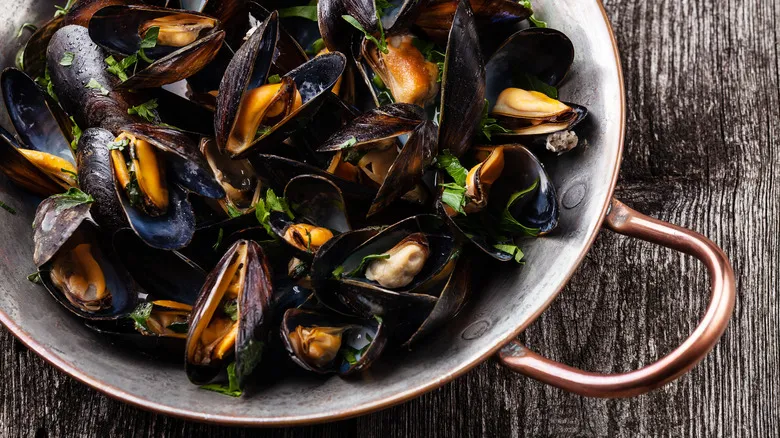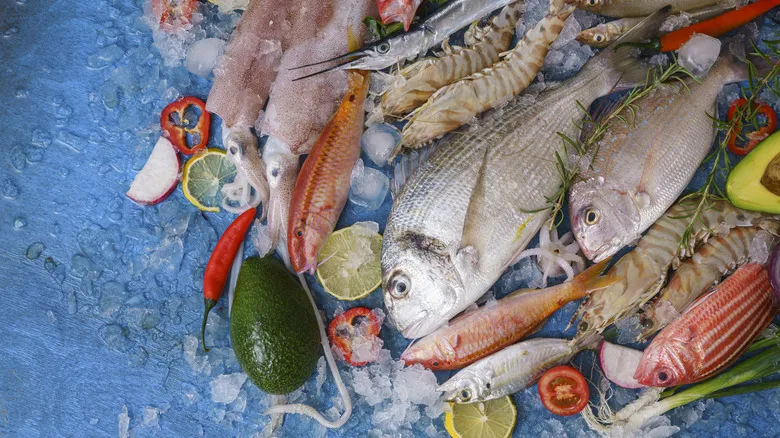Choosing fresh fish

Joe Gurrera highlighted the importance of being discerning about where you purchase your fish. A frequent error is opting for prepackaged fish from grocery stores, where it can be difficult to assess the source and quality. "It's crucial to buy seafood from a reputable and experienced fishmonger," Gurrera stated. "These professionals obtain their products from the finest sources and handle the fish with care to preserve its quality."
The best fishmongers maintain close relationships with fishermen, ideally sourcing fish from local waters to guarantee maximum freshness upon arrival at the shop. They should also be well-informed about which fish are plentiful during different seasons, so it's wise to inquire about what is currently in season.
You can also rely on your own senses to evaluate the quality of fish. Regarding appearance, Gurrera noted, "the skin should be bright and shiny, with clear spots, lines, and markings." He compares the appearance of fresh fish to a high-definition image—clean and vibrant. Don't overlook the importance of touch either. "A fresh fish should feel firm," Gurrera advised, cautioning against purchasing any seafood that has a strong fishy smell.
Getting the best shellfish

Shellfish can be a bit more challenging to handle compared to other types of fish. It's best to buy shellfish either alive or frozen. Avoid purchasing fresh raw shrimp or other shellfish, as they can spoil very quickly, even if they were recently caught. The same applies to crustaceans like lobsters. Joe Gurrera advises that "lobsters should be moving when you buy them." For optimal freshness, it's recommended to cook them on the same day of purchase. If you can't prepare the lobster right away, Gurrera suggests removing it from its packaging and refrigerating it overnight in a bowl covered with a damp towel.
Mollusks follow a similar guideline. According to Gurrera, "clams, oysters, mussels, etc., should be alive when you buy them." You can check their liveliness by tapping on the shell; if it closes tightly, they're fresh. Like lobsters, mollusks can also be stored in a bowl in the refrigerator overnight if necessary. Ideally, you should consume fish and shellfish on the day you buy them. And don't worry—Gurrera has plenty of tips for cooking fish as well.
Recommended

What To Know Before You Add Someone To Your Costco Card

Why Trader Joe's Doesn't Deliver Groceries (And Probably Never Will)

Keedoozle: The Retailer That Was Half Grocery Store, Half Vending Machine

12 Store-Bought Frozen Meals To Keep Out Of Your Cart
Next up

